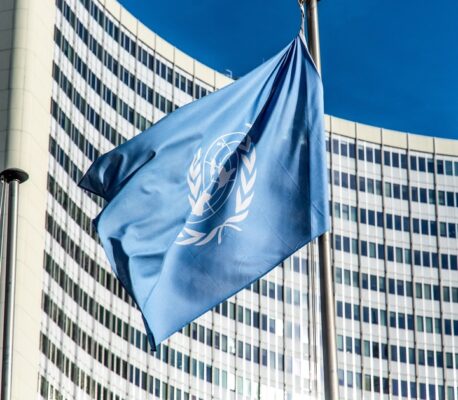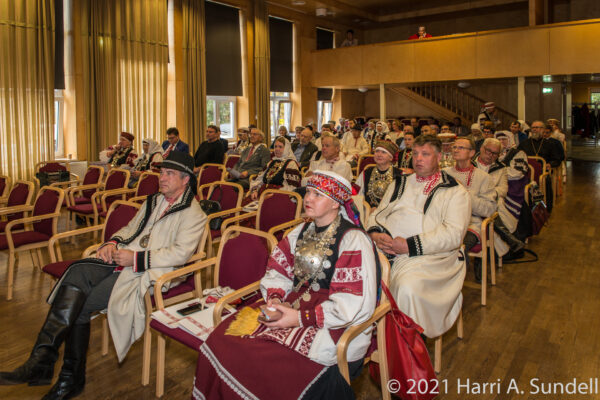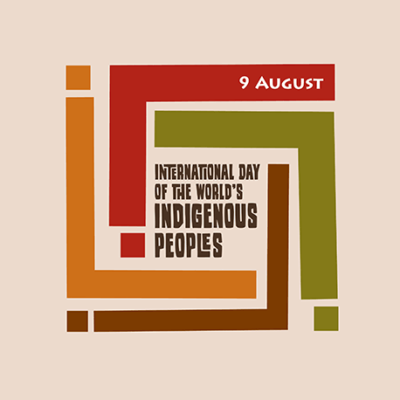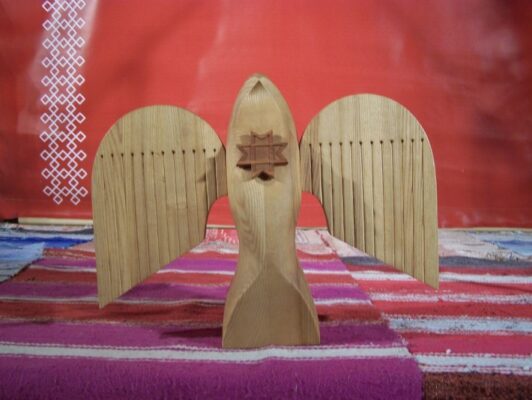Setomaa: The Estonia-Russia border tearing apart an ancient people
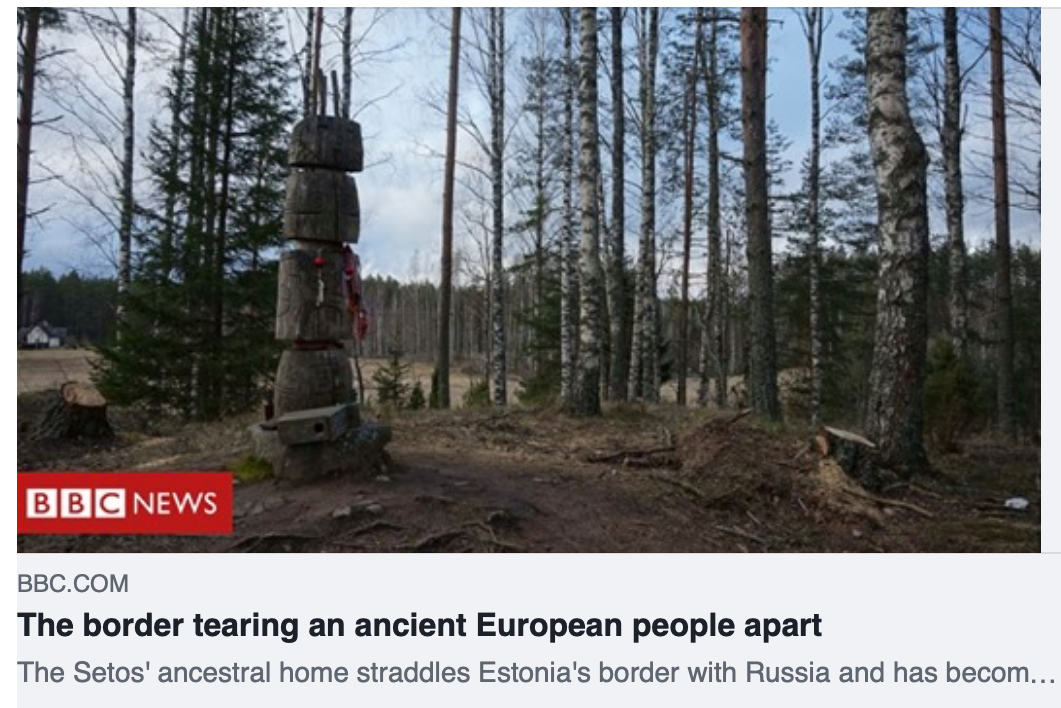
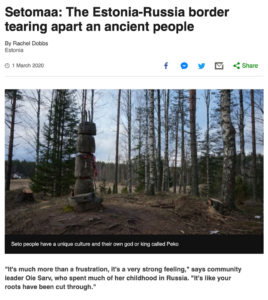
BBC, Rachel Dobbs: “It’s much more than a frustration, it’s a very strong feeling,” says community leader Oie Sarv, who spent much of her childhood in Russia. “It’s like your roots have been cut through.”
She is one of the people of Setomaa, a traditional region that straddles Estonia and Russia, but who now struggle to maintain their way of life because the border is becoming increasingly hard to cross.
For a while a visa agreement between the EU and Russia made it relatively simple for people living in the border region to visit either side. But since the start of 2018, the Russian authorities have greatly restricted the number of visas issued.
Relations have always been fraught between Russia and its Baltic neighbour, but worsened in recent years. For the Seto people, the inability to cross the border can be heartbreaking.
Eevi Linnamae lives in the tiny hamlet of Serga where she looks after a small Orthodox chapel. She laments that, because of the border, her mother and father are buried apart, which she says is “very tragic for the family”.
Over the years, the difficulties of living in the border area have led many families to move away, leaving a succession of “ghost villages” with 10 or fewer inhabitants.
Who are the Setos?
Setos have a unique culture with their own language and traditions. Seto Leelo, a type of polyphonic singing specific to the region, is listed as a form of Intangible Cultural Heritage by Unesco.
Seto ancestral territory covers an area of around 17,000 sq km (6,550 sq m), which nowadays is split between south-eastern Estonia and Russia’s Pskov Oblast (region). At least two-thirds of the land is on the Russian side, along with the historical capital of Petseri.
Please read more at BBC (Rachel Dobbs, BBC, 01.03.2020).
